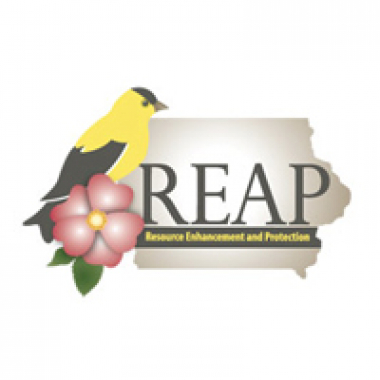Big Sand Mound Nature Preserve Collection Area 360 View
Featured in this 360 view are sand dunes, sand prairie, and nearby wetland habitat at Big Sand Mound Nature Preserve. Notice that as the habitat changes, from sand to wetland for example, the plants living in the area change as well. This demonstrates that some organisms can survive well, some survive less well, and some cannot survive at all in particular habitats.
Video
Muscatine
Iowa Core Standard
3-LS4-3
Construct an argument with evidence that in a particular habitat some organisms can survive well, some survive less well, and some cannot survive at all
Driving Question
- How do the characteristics of the given environment match the needs of the organism?
Probing Questions
- Why is this area a nature preserve? What makes it worth preserving?
- What do you notice about the habitats (sandy, wet, etc.) as you look around the Big Sand Mound Nature Preserve?
- What do you notice about the plants as you look around the Big Sand Mound Nature Preserve?
Classroom Suggestions
Students could:
- Record observations of the different habitats (sand vs. wetland) and the different plants (grasses vs. trees) from the video.
- Use the Iowa PBS Iowa Outdoors: Big Sand Mound video to provide more background.
- Research the different plants found at Big Sand Mound Nature Preserve and note how the plants' needs relate to their habitat.
- Create a claim that, in a particular habitat, some organisms can survive well, less well, or not at all. Support the claim with evidence and reasoning.
Resources
- Iowa PBS Iowa Outdoors | Big Sand Mound: This video features explanation and views of the various landscape and plants found at the preserve.
- PBS Learning Media | Iowa Land and Sky: History of Big Sand Mound Nature Preserve: This video features additional views and information about the plant and animal life in the area. See the support materials for a background reading about the history of Big Sand Mound and discussion questions.
- University of California Berkeley |The World's Biomes: This website discusses the main biomes (Aquatic, Desert, Forest, Grassland, and Tundra). Each biome is discussed in detail and includes the types of vegetation typically found there as well as adaptations necessary for organisms to thrive.
Contributors
Media produced for Iowa Land and Sky by Iowa PBS.
Funding for Iowa Science Phenomena Provided By









